The project enabled refugees and masterstudents to share and give each other feedback on their life stories, from the first sketches to finalised digital stories and ensured that each participant`s voice was projected into the public space on the Celebration Day of the project. We wanted to create a network both academic, practical and society-based and digital to capture and showcase social innovation project globally. As part of this pilot USN involved and established a new collaboration between the University and Porsgrunn municipality (public), the Norwegian Labour and Welfare Organisation (public), Church City Mission (NGO) and Kunsthall Grenland (Art Gallery).
What skills and resources were you able to draw from the community for this project?
The project recruited ressources from our community: *USN (academics, colleagues from teaching and learning center (eDU), and master students) *Porsgrunn municipality Introductory Program for refugees (public) * NAV, the Norwegian Labour and Welfare Organisation (public) *Church City Mission (NGO) * Kunsthall Grenland (Art Gallery). Hva tenker vi her? All partners contributed, and served as a structured and safe environment for developing stories. In addition, members of the Common Good First project team from Glasgow Caledonian University in Scotland took part. They observed, and were active partners in using the digital tools to ensure a positive experience.
The challenges
The main reason for our project was to act with responsibility as a community based university. The aim was related to our common social challenges: “How to involve and integrate refugees as resources in the society”, by using Digital Storytelling as a new and innovative approach to solve social issues in the integrational community work. We believe that digital storytelling would help participants (refugees and masterstudents) to perceive themselves increasingly as fellow citizens and become more active in terms of democracy-building participation in the political and social society. The use of digital storytelling offers people a new language, a common language, that can help revitalize, develop and build bridges between Higher Educational Institutions and community, and give dignity to our common future in a knowledge based democracy. We also wanted to test innovative ways of establishing contact and giving people a voice. Ultimately, we wanted to gather experiences that could benefit the Common Good First project and its development of an international network where digital storytelling is a major method.
Addressing the challenges
A participant at the Introductory Program for refugees summed up what she felt was the main evaluation from the refugees : “I think it’s a really good experience for everybody, sharing in this project, because there are a lot of people who have things inside them – everyone has a story and wants to tell it anybody. So this is like a chance for some of them. We keep all these feelings inside us, and we don’t want to think about it or talk about it. And when the chance comes, everybody is talking about it! Even if they don’t want to. I am one of them, even I don’t want to talk about my history, my stories, but it just came out”. A Porsgrunn municipality coordinator evaluated the pilot in this way: « In our capacity as a public actor in integration, this pilot was a fantastic possibility to develop our cooperation with local institutions and organisations, as well as strengthening our participation in international projects. The Common Good First project has increased our competence in pedagogic uses of information technology, and given new perspectives on integration work. In particular, we have enjoyed involving our voluntary resources in this project, and thus value their contributions and their importance for our participants. In my view, all of the refugees profited from participating in the workshop, and this is worth noting. Adult education, especially Norwegian for foreigners, is characterized by large differences between the participants in areas such as needs, experiences, interests and methods of learning. Correspondingly, finding learning activities that will suit all is a challenge. In this workshop, it seemed that all participants profited and were involved, despite being a heterogeneous group concerning ethnic and social background, education, language level, interests, age and experience. Every individual’s person and background was recognized and accepted, they were allowed to train on expressing themselves orally and in writing in the language they are in the process of learning, they developed their digital skills, and had a rich and good experience in “egalitarian” project cooperation. This is a way of working that is expected from them when entering the Norwegian labour market. Nevertheless, their largest benefit from the workshop will be their experience of being able to speak freely, share and reach out to the world with the stories every one of them carry inside.
The achievements
This pilot of a digital storytelling module served several purposes: 1. Developing a model for digital storytelling that can work with different participants in different environments. 2. Make a concrete and valuable contribution to the Common Good First project. 3. Test and evaluate available digital tools with regards to digital literacy requirements, network requirements and quality. 4. Highlight the university's role as an active local partner for public and private organisations, NGO's and various groups. 5. Improve USN's level of competence on digital storytelling, and extend this knowledge into other areas of teaching within our institution.







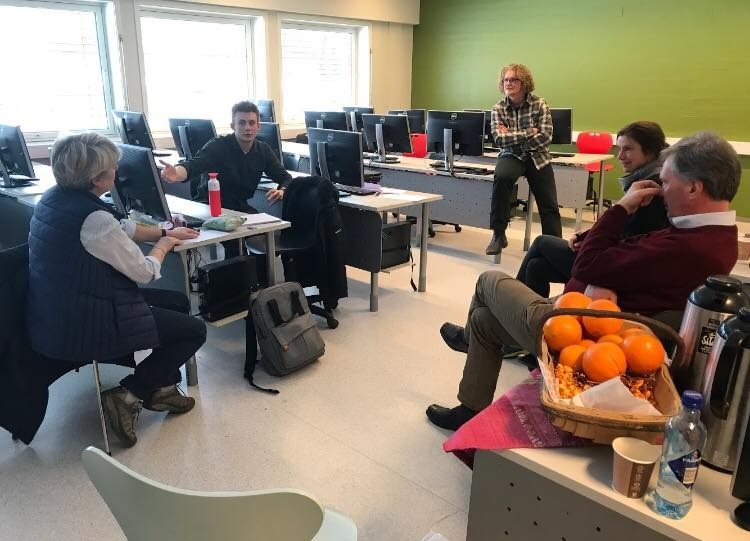
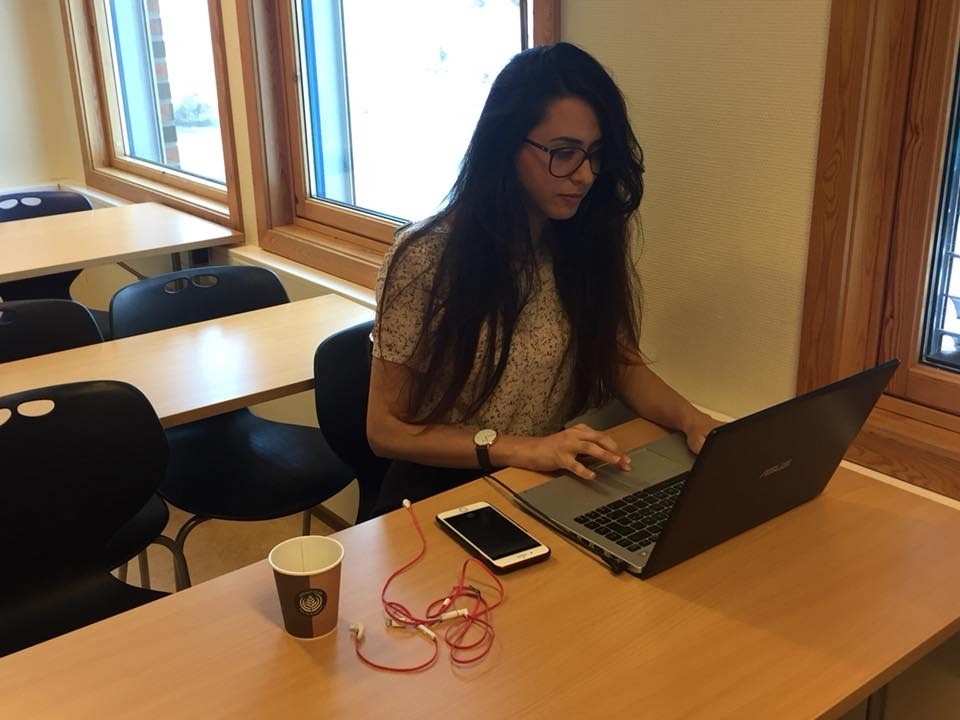

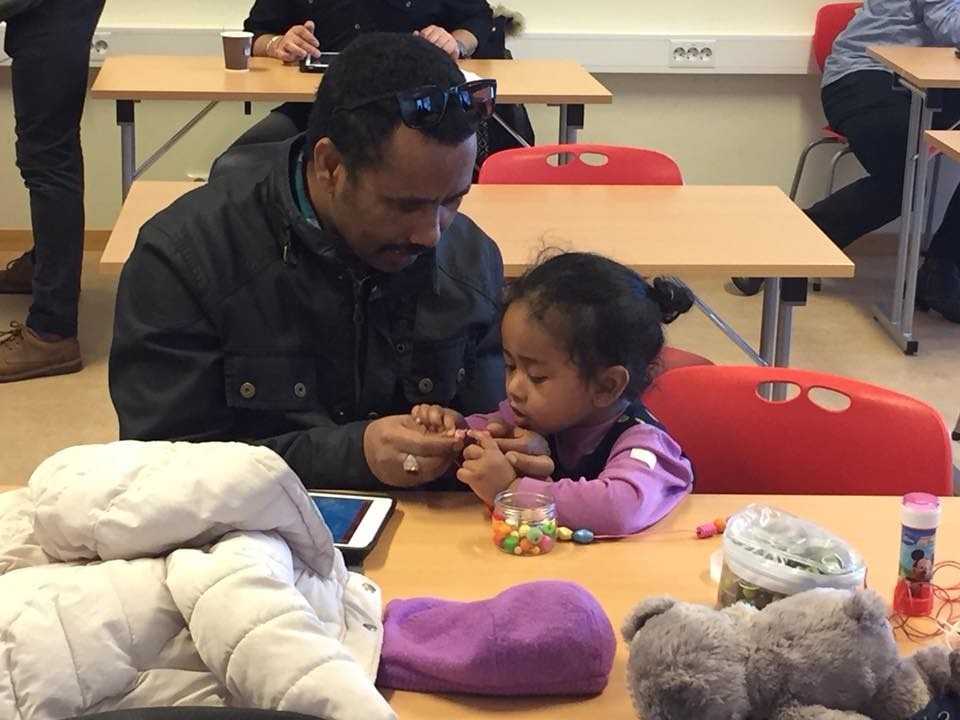




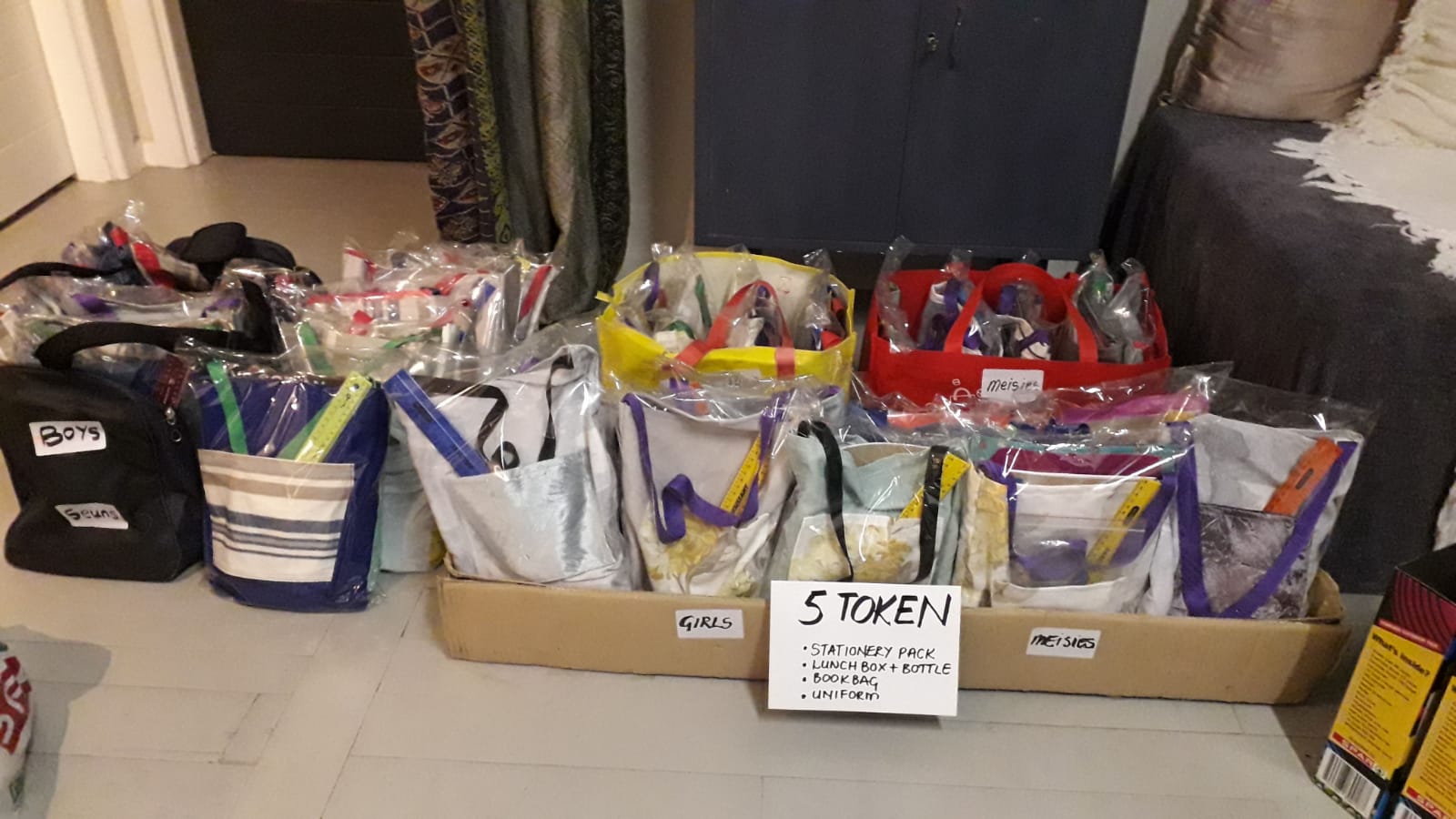
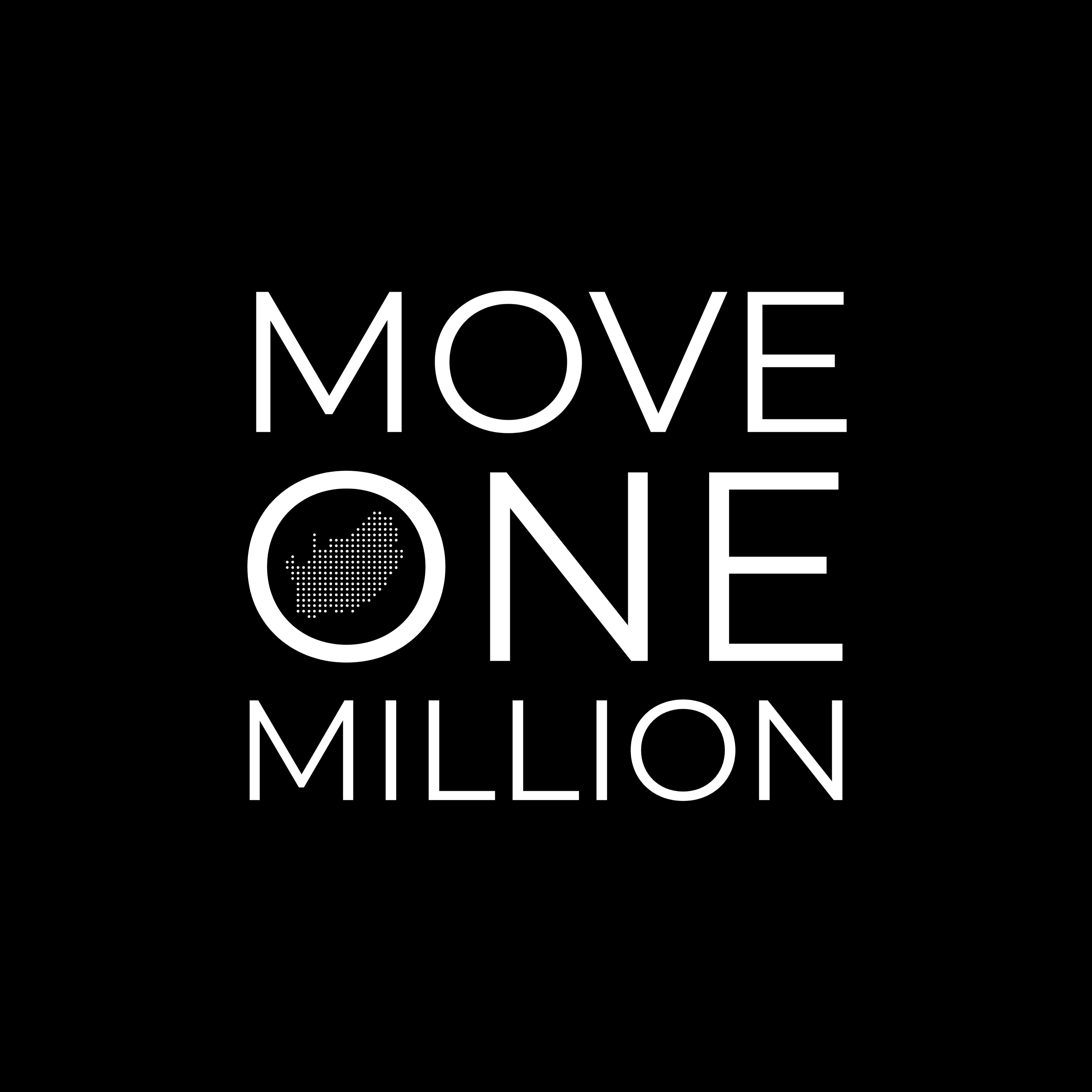 Token Project / Move One Million
Token Project / Move One Million